The FDA regulates food meant for both humans and pets. Regulating animal food is done through its wing, the Center for Veterinary Medicine (CVM). This center is charged with regulating a variety of animal-related food products such as animal drugs, and feed ingredients, food additives, medicated feeds. Code of Federal Regulations (CFR), Title 21 has regulations relating to animal food.
Defining a food substance
This Act, the operative one on food and drugs, describes food. Accordingly, any comestible or drink that man or other animals consume or any part that goes into any of these eatables falls under the broad category of food. The FDA doesnt mandate that all pet food and their ingredients take premarket approval from it; it only states that food meant for pets should be safe and must have been produced in hygienic conditions. These foods should also not have harm-causing substances, and should not make false claims about any of their contents.
Distinction between food and drug
This Act also makes a differentiation between a food and a drug as these relate to animals. Some of these definitions slightly overlap, in that a drug may also be a food in some circumstances. When a substance, even when it came under the definition of a food, displays the properties of a drug in combating or healing disease; the FDA considers that a drug and not a food. For such drugs, all the rules that apply to other conventional drugs, namely regulatory action in case of non-approval, apply.
Series of legislations
Following the enactment of the Food, Drug and Cosmetic Act, which brought the FDA into existence; various subsequent Acts and amendments, have been carried out. This has been done to clarify on some of the grey areas of these Acts. For instance, overlap of the meaning of a drug and a food, as we saw, was a common issue. The Congress and the FDA have been enacting these amendments and additions to the law from 1958. Whenever there are doubts about the quality of a pet food; notifications and Acts have been enacted to clarify these.
Difference in petitions
The FDA allows the public make a petition to it whenever they have doubts about the quality of food. This is when foods fail to qualify for what is termed Generally Recognized as Safe (GRAS). This did not apply to pet foods till April 1997. Till then, the Center for Veterinary Medicine (CVM) did not allow petitions whenever pet foods did not raise safety concerns or failed to meet product specifications. From that date, it enacted 62 FR 18938 in collaboration with the Center for Food Safety and Applied Nutrition (CFSAN), by which the existent GRAS affirmation process was replaced. Following the passage of this rule, a person could notify the FDA when conditions of safety were violated, but instead of leaving the task of evaluating the pet food product to the FDA; it was up to the petitioner to do so. The FDA would respond to these petitions within three months of the receipt of the petition.
Association of American Feed Control Officials (AAFCO)
The FDA and CVM jointly work with the Association with the Association of American Feed Control Officials (AAFCO) by coordinating their work. Members of CVM staff are based in the AAFCO committees. A representative from the FDA sits on the AAFCO Board of Directors.

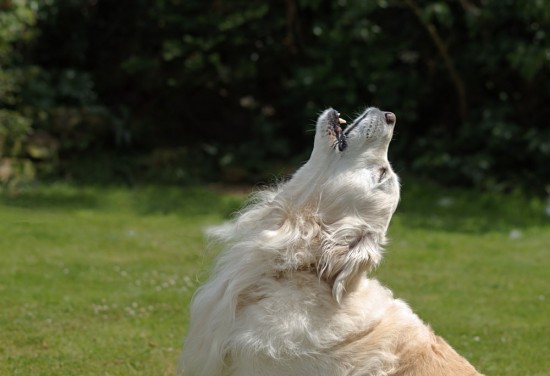 Why Dogs Howl And How To Deal With It
Why Dogs Howl And How To Deal With It
 If Humans are Merely Animals, Why do they rule the Surface of the Planet
If Humans are Merely Animals, Why do they rule the Surface of the Planet
 Dog umbrellas and other necessary pet accessories for the summer
Dog umbrellas and other necessary pet accessories for the summer
 Tick Diseases In Your Pet – How To Spot Them
Tick Diseases In Your Pet – How To Spot Them
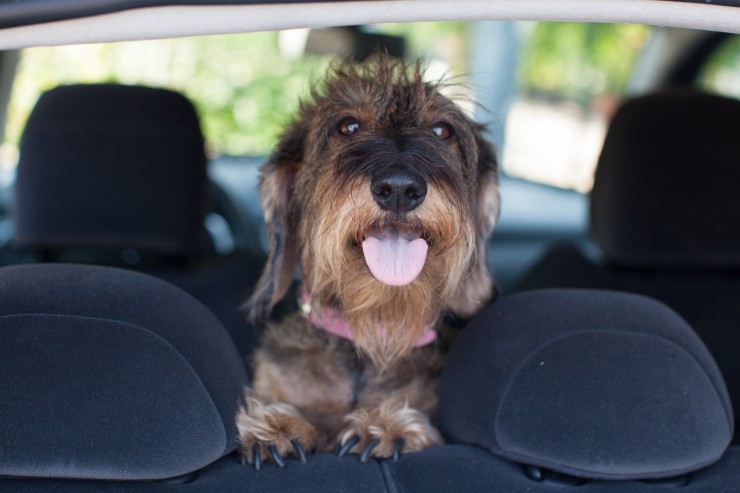 What To Look For When Buying A New Car With Your Dog In Mind
What To Look For When Buying A New Car With Your Dog In Mind
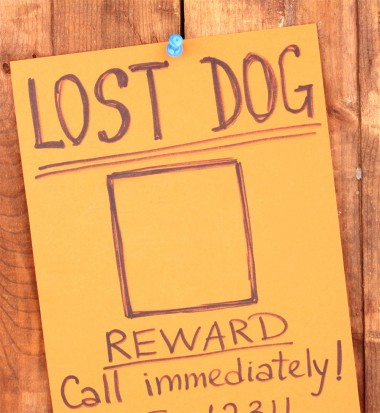 Tips For Finding A Lost Pet
Tips For Finding A Lost Pet
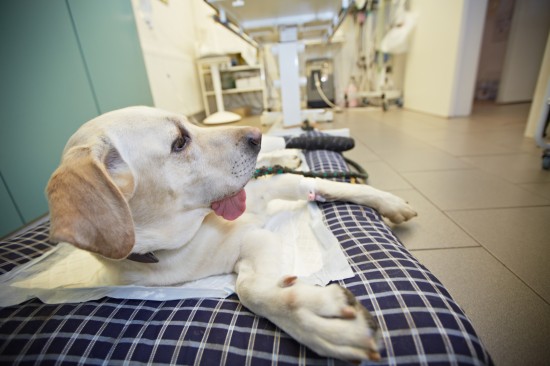 Dogs And Hypoalbuminemia
Dogs And Hypoalbu
Dogs And Hypoalbuminemia
Dogs And Hypoalbu
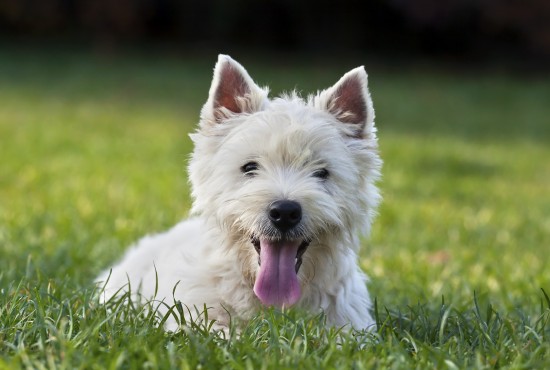 Are West Highland Terriers Good With Children?
Are West Highland
Are West Highland Terriers Good With Children?
Are West Highland
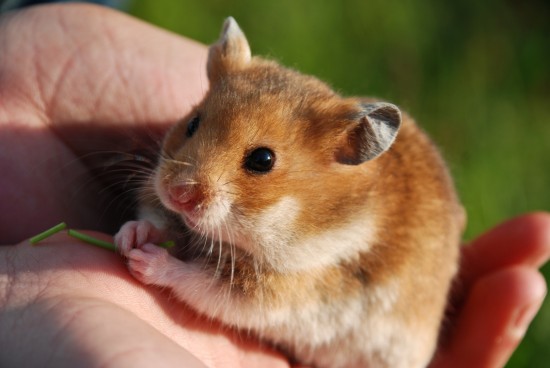 What Is Wet Tail In Hamsters?
What Is Wet Tail
What Is Wet Tail In Hamsters?
What Is Wet Tail
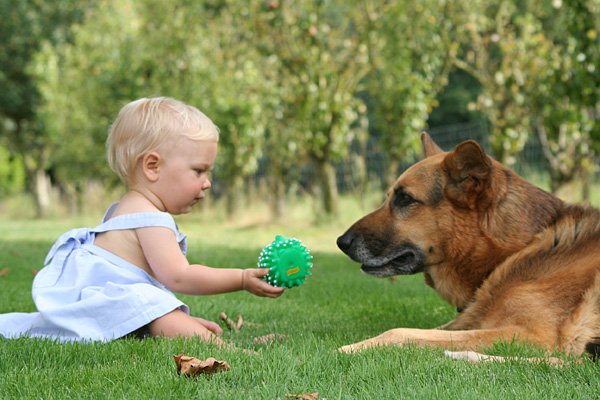 Leather Dog Collars Gives A Better Look For The Canines
Leather Dog Collars Gives A Better Look For The Canines
Leather Dog Collars Gives A Better Look For The Canines
Leather Dog Collars Gives A Better Look For The Canines
 Puppy Teething – How To Help Your Pet
Puppy Teething –
Puppy Teething – How To Help Your Pet
Puppy Teething –